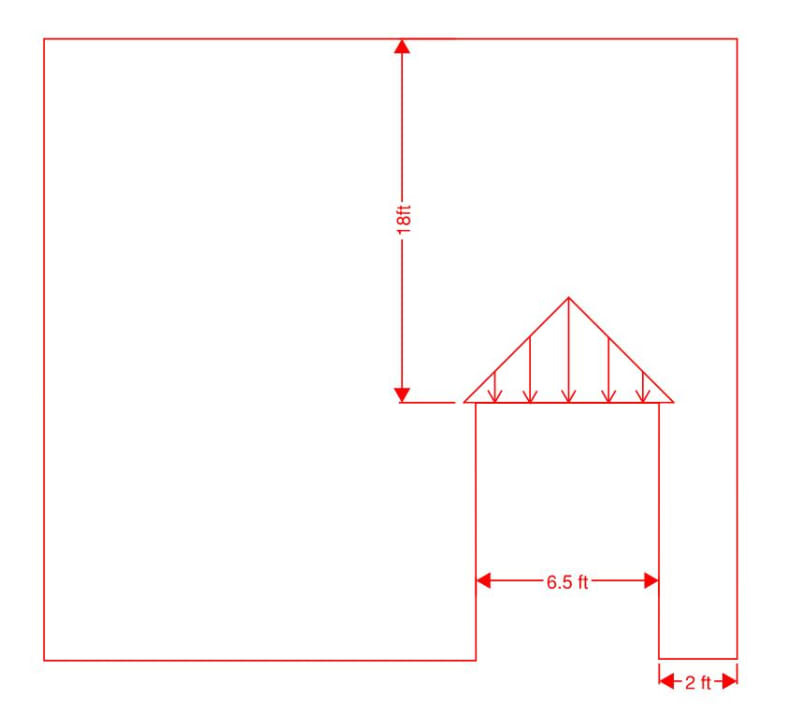BSPE90
Structural
- Aug 30, 2017
- 22
I was reading NCMA TEK 17-1D to figure out if I can assume arching for the design of a lintel in a masonry wall.
I seem to be able to check off all of the required conditions except maybe the one about having "sufficient masonry on each side of the opening to resist lateral thrust from the arching action".
However, it doesn't quantify what is considered sufficient.
See below for my specific case. I have a little more than 2ft of masonry on one side of the opening. Can that be considered "sufficient"? How would one check to see if that amount of wall is "sufficient"? If it is not sufficient, the lintel would have to be designed support the full height and width of the 18ft brick over the opening, correct?

I seem to be able to check off all of the required conditions except maybe the one about having "sufficient masonry on each side of the opening to resist lateral thrust from the arching action".
However, it doesn't quantify what is considered sufficient.
See below for my specific case. I have a little more than 2ft of masonry on one side of the opening. Can that be considered "sufficient"? How would one check to see if that amount of wall is "sufficient"? If it is not sufficient, the lintel would have to be designed support the full height and width of the 18ft brick over the opening, correct?

